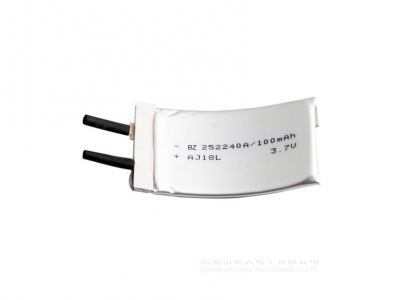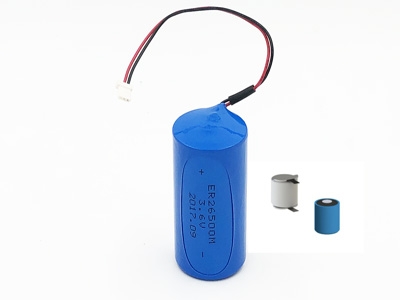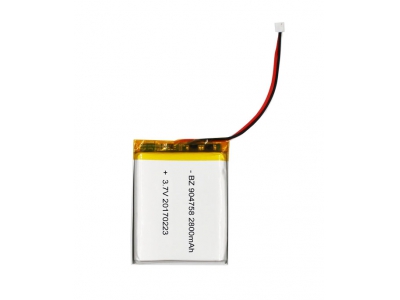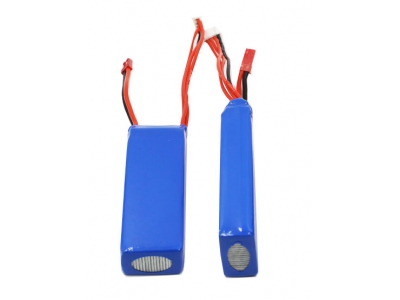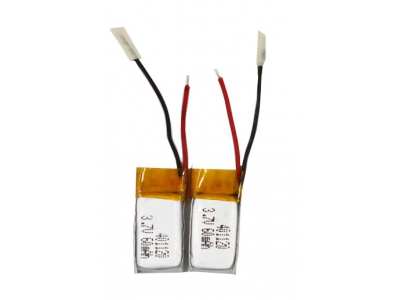How to Awaken a Sleeping Li-ion Battery
Li-ion batteries contain a protection circuit that shields the battery against abuse. This important safeguard also turns the battery off and makes it unusable if over-discharged. Slipping into sleep mode can happen when storing a Li-ion pack in a discharged state for any length of time as self-discharge would gradually deplete the remaining charge. Depending on the manufacturer, the protection circuit of a Li-ion cuts off between 2.2 and 2.9V/cell.Some battery chargers and analyzers, feature a wake-up feature or “boost” to reactivate and recharge batteries that have fallen asleep. Without this provision, a charger renders these batteries unserviceable and the packs would be discarded. Boost applies a small charge current to activate the protection circuit and if a correct cell voltage can be reached, the charger starts a normal charge.
Figure 1 illustrates the “boost” function graphically.
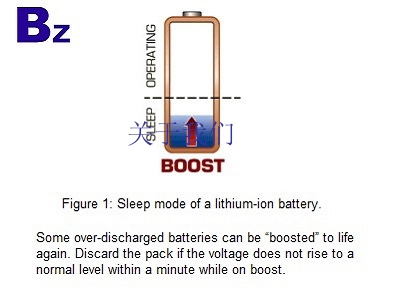
Do not boost lithium-based batteries back to life that have dwelled below 1.5V/cell for a week or longer. Copper shunts may have formed inside the cells that can lead to a partial or total electrical short. When recharging, such a cell might become unstable, causing excessive heat or show other anomalies.
When boosting a battery, assure correct polarity. Advanced chargers and battery analyzers will not service a battery if placed in reverse polarity. A sleeping Li-ion does not reveal the voltage, and boosting must be done with awareness. Li-ion is more delicate than other systems and a voltage applied in reverse can cause permanent damage.
Storing lithium-ion batteries presents some uncertainty. On one end, manufacturers recommend keeping them at a state-of-charge of 40–50 percent, and on the other end there is the worry of losing them due to over-discharge. There is ample bandwidth between these criteria and if in doubt, keep the battery at a higher charge in a cool place.






